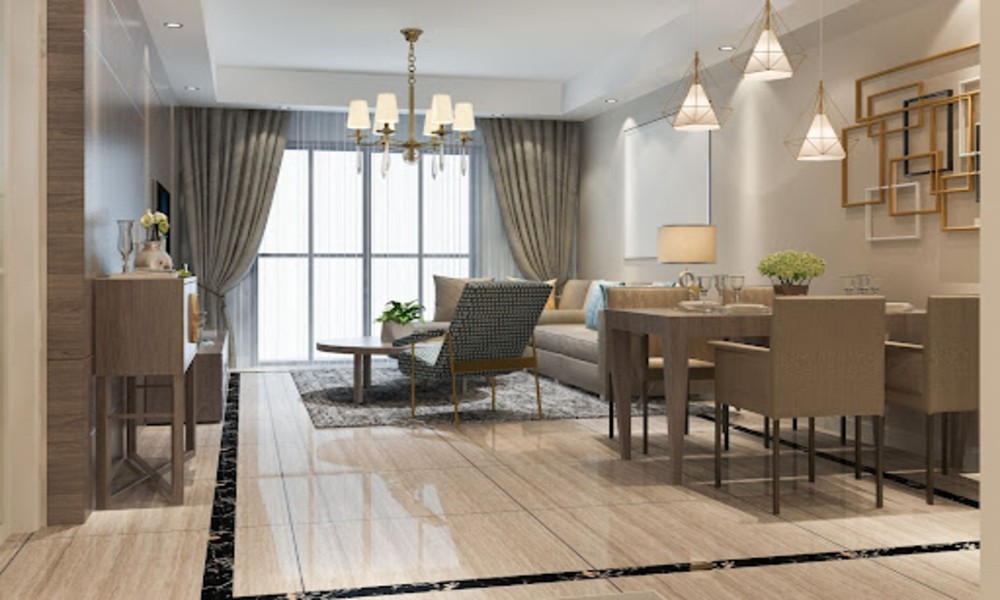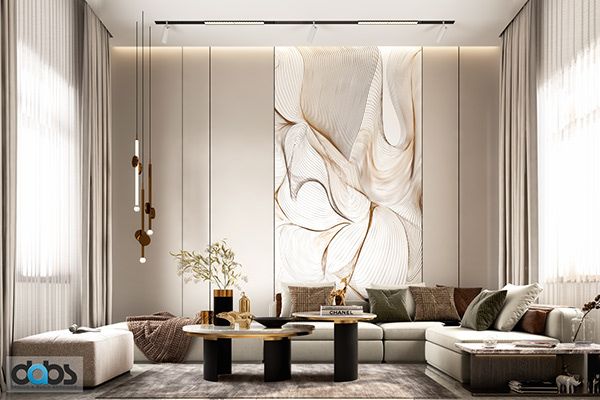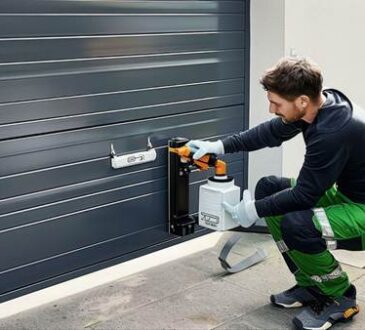Transform Your Space: The Ultimate Guide to Modern Interior Design That Actually Works

Modern interior design has revolutionised how we perceive and inhabit our living spaces, moving far beyond mere aesthetics to create environments that genuinely enhance our daily lives. In a world where our homes have become multifunctional sanctuaries—serving simultaneously as offices, gyms, entertainment centres, and refuges—the principles of contemporary design offer practical solutions wrapped in undeniable sophistication.
The Foundation of Contemporary Living
The essence of modern interior design lies not in following fleeting trends, but in understanding the fundamental relationship between form and function. This approach emerged from the early 20th century modernist movement, yet today’s interpretation has evolved to embrace both minimalism and warmth, creating spaces that feel simultaneously uncluttered and inviting.
Consider the typical Victorian home, with its compartmentalised rooms and heavy furnishings. Modern design philosophy challenges this approach entirely, favouring open-plan living that encourages natural light flow and social interaction. The result? Homes that breathe, adapt, and respond to their inhabitants’ changing needs throughout the day.
Key Elements That Define Modern Spaces
Clean Lines and Geometric Forms
The backbone of modern interior design rests upon clean, uninterrupted lines that create visual calm. This doesn’t mean sterile or cold—rather, it means purposeful. Every element serves a function whilst contributing to the overall aesthetic harmony.
Neutral Colour Palettes with Strategic Accents
Modern spaces typically embrace neutral foundations—think warm whites, soft greys, and natural beiges—that serve as canvases for carefully chosen accent pieces. This approach allows for flexibility and longevity, as bold colours can be introduced through easily changeable elements like cushions, artwork, or seasonal plants.
Natural Materials and Textures
Contemporary design celebrates the inherent beauty of materials. Raw timber, natural stone, brushed metals, and organic textiles add depth and character without overwhelming the space. These elements connect interior environments to the natural world, creating spaces that feel grounded and authentic.

The Singapore Context: Tropical Modern Living
In Singapore’s unique tropical climate, modern interior design takes on distinctive characteristics that respond to both environmental conditions and cultural preferences. As renowned Singapore-based architect Kerry Hill once observed, “Modern design in the tropics must breathe—literally and figuratively. The architecture must allow for air circulation whilst creating spaces that feel connected to the lush landscape outside.”
Singapore homeowners often grapple with:
- Space optimisation in compact urban apartments
- Humidity control through material selection and ventilation design
- Cultural integration that honours both international sophistication and local traditions
- Storage solutions that maintain clean aesthetics whilst accommodating modern life’s necessities
Practical Implementation Strategies
Furniture Selection and Placement
Modern interior design prioritises furniture that serves multiple purposes without compromising on style. A sleek dining table that doubles as a workspace, or modular seating that can be reconfigured for different occasions, exemplifies this approach. The key lies in selecting pieces with simple silhouettes and high-quality construction that will age gracefully.
Lighting as Architecture
Contemporary spaces treat lighting as an architectural element rather than an afterthought. Layer different light sources—ambient, task, and accent lighting—to create environments that can transition from productive workspaces during the day to relaxing sanctuaries in the evening.
Technology Integration
Modern design seamlessly incorporates technology without allowing it to dominate the visual landscape. Smart home systems, integrated sound, and hidden cable management ensure that contemporary convenience doesn’t compromise aesthetic purity.
Common Pitfalls and How to Avoid Them
Many homeowners misinterpret modern design as synonymous with minimalism taken to extremes. The result often feels more like a showroom than a home. True modern interior design balances restraint with personality, incorporating meaningful objects and comfortable furnishings that reflect the inhabitants’ lives and interests.
Another frequent mistake involves prioritising appearance over functionality. A beautiful space that doesn’t support daily activities ultimately fails to achieve modern design’s core objective: enhancing quality of life through thoughtful environmental design.
Sustainability and Modern Design Ethics
Contemporary interior design increasingly embraces sustainable practices, recognising that true modernity must consider environmental impact. This means:
- Selecting furniture and materials with longevity in mind
- Choosing locally sourced materials where possible
- Investing in quality pieces that transcend temporary trends
- Incorporating energy-efficient systems and appliances
The Investment Perspective
Well-executed modern interior design represents a sound investment in both lifestyle quality and property value. Singapore’s competitive property market particularly rewards homes that demonstrate sophisticated design sensibility whilst maintaining broad appeal to potential buyers.
The approach requires initial investment in quality over quantity, but this strategy typically proves more economical long-term than repeatedly updating spaces filled with trendy, lower-quality items.
Moving Forward with Confidence
Creating a successful modern interior requires patience, planning, and often professional guidance. The process involves understanding your space’s unique characteristics, identifying your lifestyle needs, and then methodically implementing design solutions that address both practical requirements and aesthetic aspirations.
The beauty of this approach lies in its adaptability—modern design principles provide a framework that can evolve as your needs change, whether accommodating a growing family, career transitions, or simply the natural progression of personal taste.
Modern interior design offers a pathway to creating spaces that truly serve their inhabitants whilst contributing to a more thoughtful, sustainable approach to contemporary living.




